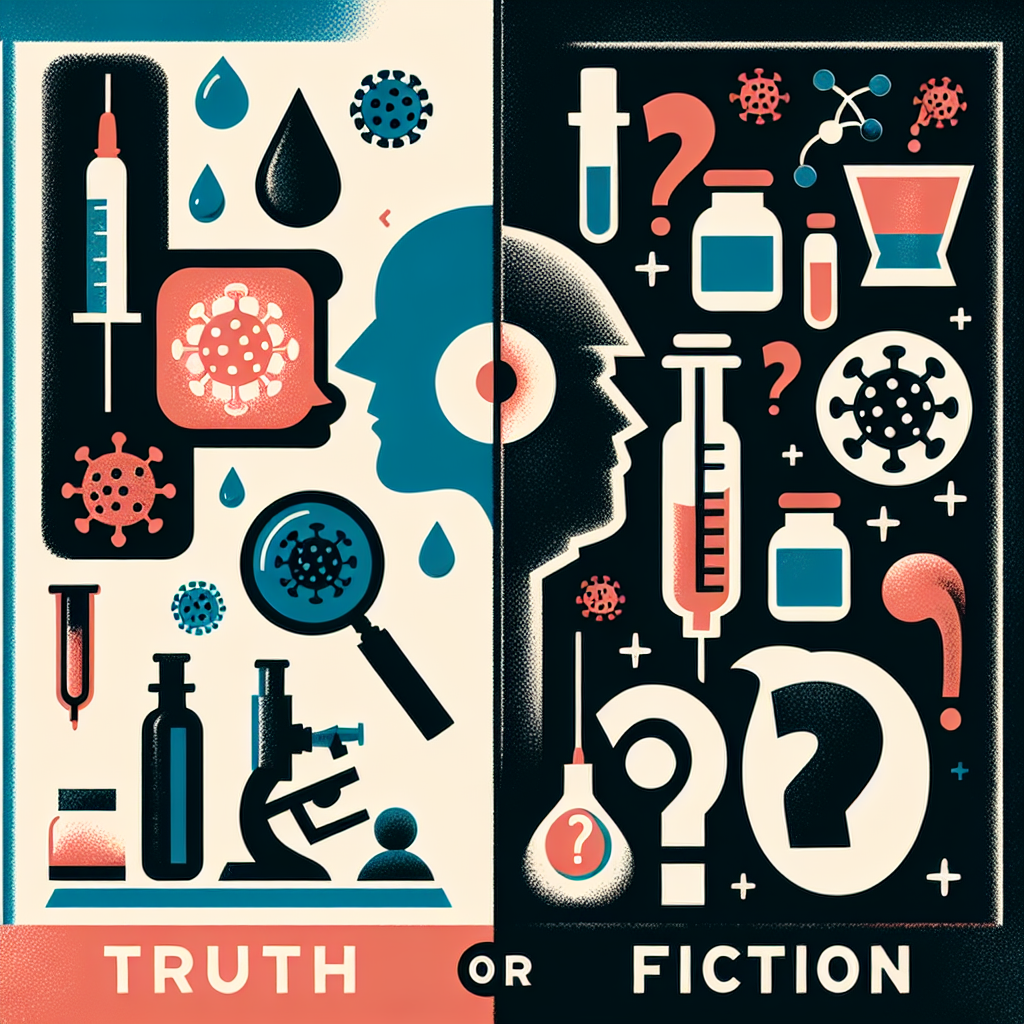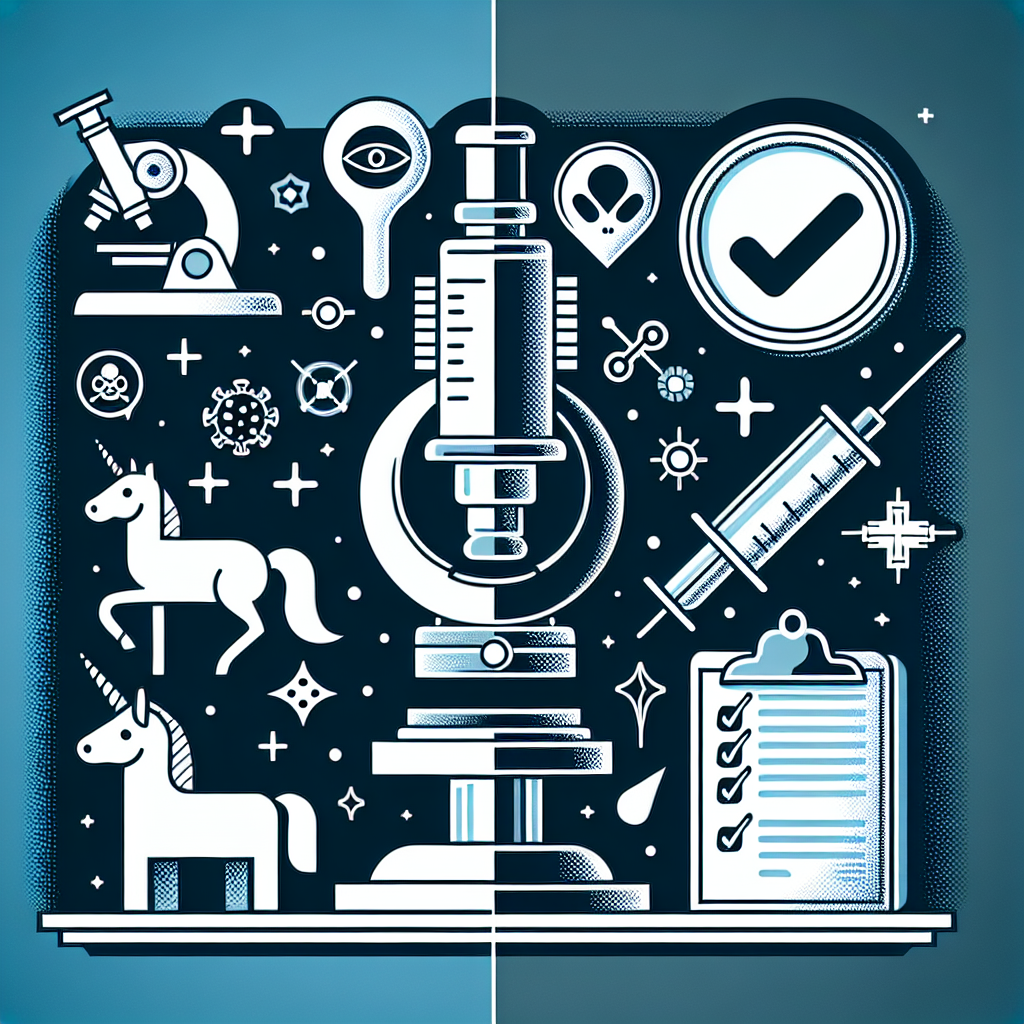Vaccine Conspiracies: Misinformation in the Age of COVID-19
Understanding Vaccine Misinformation
The COVID-19 pandemic has been accompanied by a significant surge in misinformation, particularly surrounding vaccines. Misleading narratives pose a public health risk, causing fear and hesitance toward vaccination. Misinformation can spread rapidly through social media, online forums, and even traditional media, leading to confusion among the public.
The Roots of Vaccine Skepticism
Vaccine skepticism isn’t a new phenomenon. Historical events, such as the 1976 swine flu vaccine disaster, contribute to a general distrust in government and pharmaceutical companies. Additionally, the discredited 1998 study by Andrew Wakefield falsely linked the MMR vaccine to autism, sowing seeds of doubt that persist today. These occurrences have laid a fertile ground for conspiracy theories to grow.
Major Conspiracy Theories
-
COVID-19 as a Bioweapon
One of the most prominent conspiracy theories is that SARS-CoV-2 was engineered as a bioweapon. This theory posits that the virus was deliberately released by a government or organization to control populations or induce societal change. However, scientific consensus indicates that the virus likely originated in bats and was transmitted to humans through natural processes, not nefarious human intervention. -
5G Networks and COVID-19
Some conspiracies suggest that 5G technology is linked to COVID-19, either as a cause of the disease or as a means for tracking vaccinated individuals. These theories misinterpret scientific data and confuse correlation with causation, despite extensive research debunking any connection between 5G networks and health risks. -
Microchipping through Vaccines
Another prevalent theory alleges that COVID-19 vaccines contain microchips for tracking purposes, supposedly endorsed by influential figures like Bill Gates. Yet, the ingredients of vaccines are publicly available, and no credible evidence supports these claims. This type of conspiracy feeds into broader anxieties regarding surveillance and personal freedoms. -
Fertility Issues Caused by Vaccines
Another alarming myth suggests that COVID-19 vaccines affect fertility. This conspiracy has been propagated through misleading interpretations of data and manipulation of individuals’ fears. Health organizations, including the CDC and WHO, have repeatedly affirmed that vaccines do not impact fertility.
Psychological Factors Behind Vaccine Conspiracies
Understanding the psychology behind vaccine hesitancy is crucial. Cognitive biases, such as confirmation bias, lead individuals to seek out information that validates their pre-existing beliefs. Emotional responses to crises can also drive people toward conspiratorial thinking, as these theories often provide simplistic explanations for complex problems.
The Role of Social Media in Spreading Misinformation
Social media platforms have become breeding grounds for vaccine misinformation. Algorithms prioritize sensational content, pushing conspiracy theories to large audiences quickly. Fact-checkers often struggle to keep pace with the volume of misinformation being disseminated. The rapid sharing capabilities of social media can amplify false claims, influencing public opinion and policy discussions.
Combatting Misinformation
-
Education and Transparency
Public health initiatives must focus on educating communities about vaccine safety and efficacy. Transparency from health organizations about vaccine development processes, possible side effects, and long-term studies can build trust. -
Utilizing Influencers
Engaging trusted community figures and influencers can help dispel myths. People are more likely to listen to familiar voices, particularly in marginalized communities where distrust towards healthcare systems is prevalent. -
Effective Communication Strategies
Public health officials should employ clear, jargon-free language to communicate key messages, highlighting the benefits of vaccination. Encouraging open dialogue where individuals can ask questions about vaccines is essential. -
Controlling Misinformation Spread
Social media platforms should enhance their measures to reduce the visibility of false claims. Proactively identifying and flagging misleading content can limit reach and deter further dissemination.
Vaccine Misinformation and Public Policy
Public policy must adapt to the challenge of vaccine misinformation. Interventions may include legislation to hold social media companies accountable for the spread of harmful misinformation. Additionally, funding public health campaigns that counteract myths and provide accurate, easily digestible information can be vital.
The Importance of Critical Thinking
Fostering critical thinking skills within the community can empower individuals to discern credible information from misinformation. Educational programs focusing on media literacy can equip people with tools to evaluate sources critically. Promoting skepticism of unverified claims can mitigate the spread of conspiracy theories.
The Impacts of Vaccine Misinformation
The ramifications of vaccine misinformation are profound. Widespread hesitancy can delay herd immunity and prolong the pandemic. Increased outbreaks of preventable diseases can occur when vaccination rates decline. Furthermore, misinformation undermines public health efforts, complicating the challenge of safeguarding communities from future health crises.
The Future Landscape of Vaccine Education
Looking ahead, the interplay between vaccine education and misinformation will shape public health strategies. The rise of deceptive narratives necessitates innovative and adaptive public health approaches. As technology evolves, so too must the strategies to communicate about vaccines effectively to diverse populations.
Conclusion: The Call to Action
To combat vaccine misinformation in the age of COVID-19, a multi-faceted approach is critical—integrating education, communication, and community engagement. It is essential that society comes together to build narratives that emphasize solidarity, truth, and informed decision-making. By addressing vaccine conspiracies head-on, we can safeguard public health and foster a more informed global community.






Leave a Reply